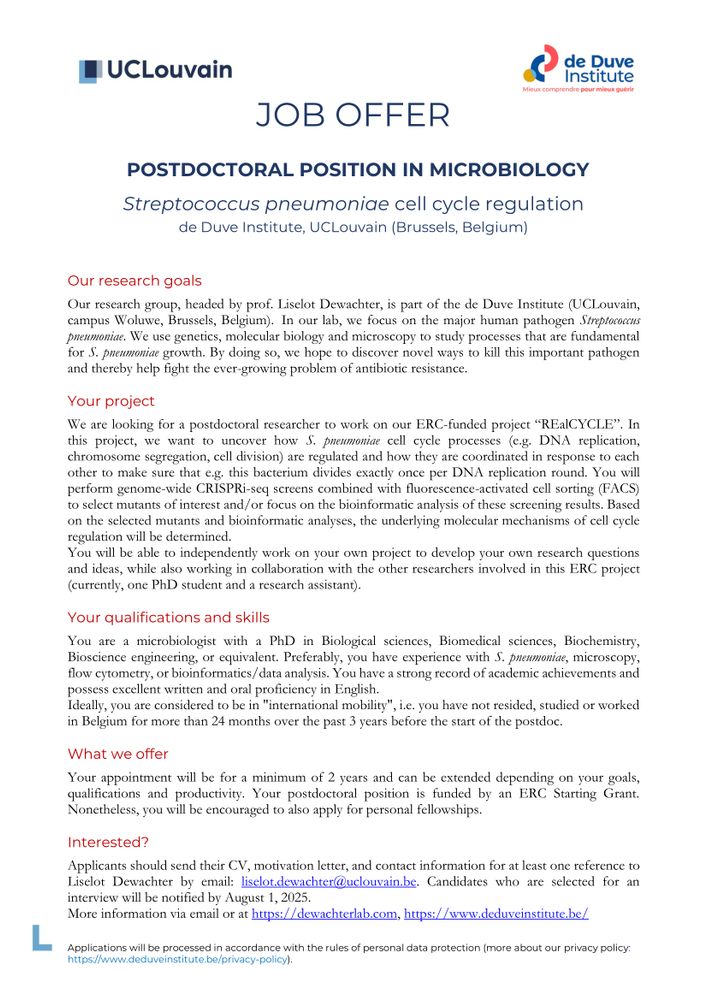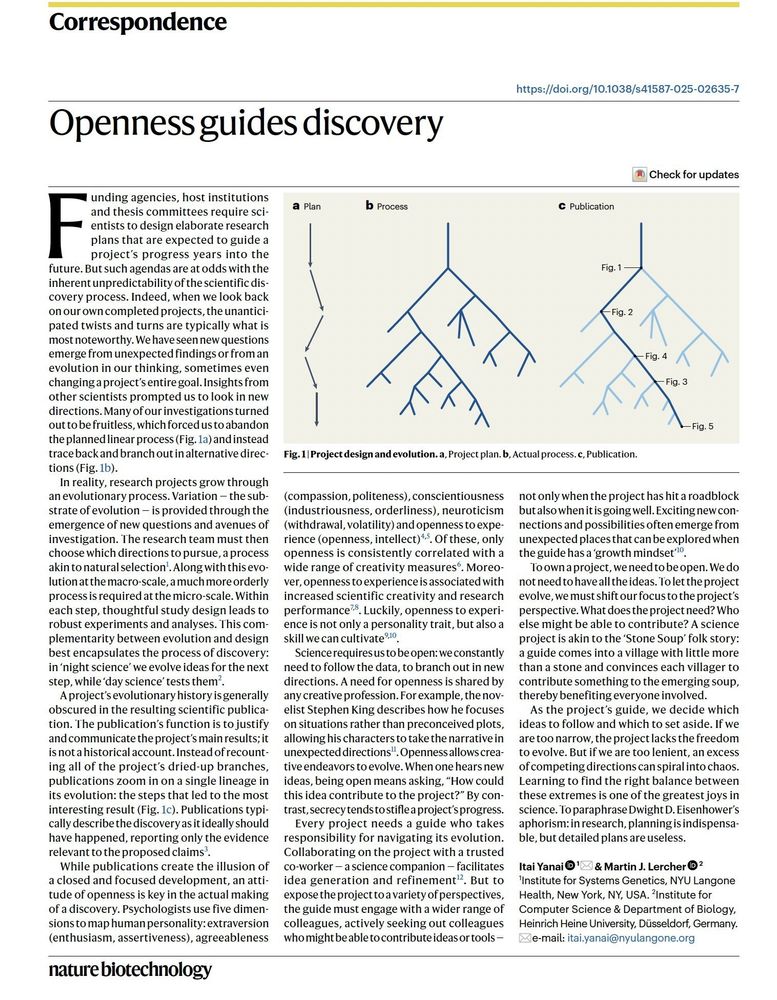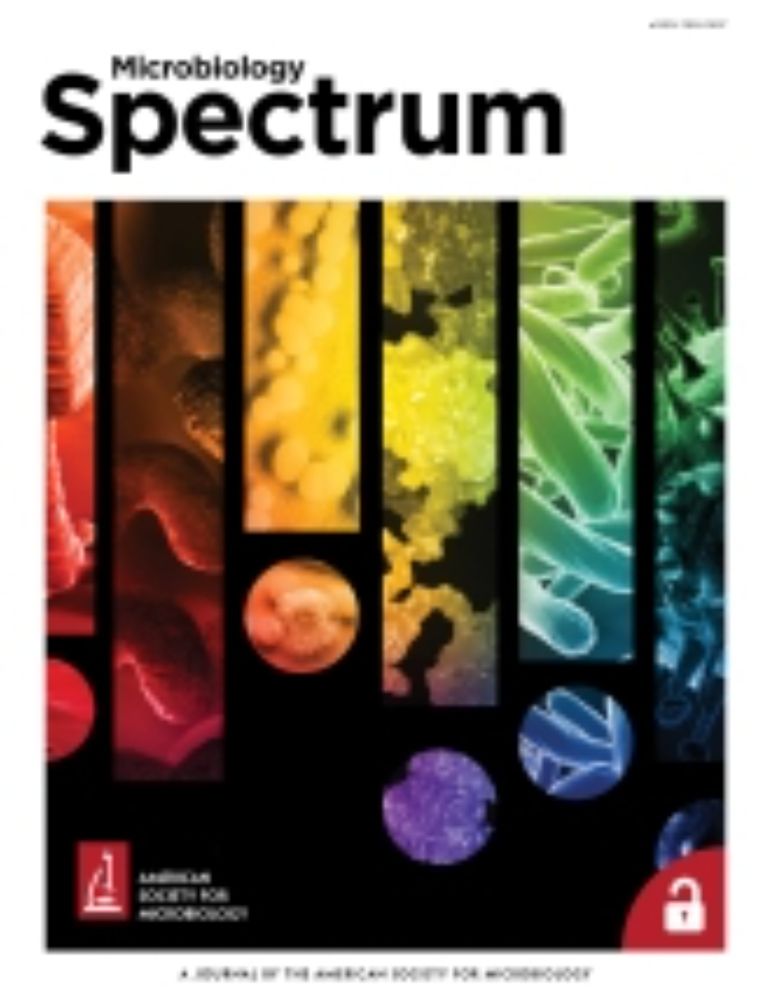Christian Lentz
@christianslentz.bsky.social
400 followers
170 following
7 posts
Assoc. Prof. in Infection Biology at UiT The Arctic University of Norway in Tromsø. Chemical Microbiology and Bacterial Single Cell Studies.
Posts
Media
Videos
Starter Packs
Reposted by Christian Lentz
Reposted by Christian Lentz
Roni Miah
@ronimiah.bsky.social
· Aug 26

A programmable, selection-free CRISPR interference system in Staphylococcus aureus for long-term host interaction studies
Common dCas9-based CRISPR interference (CRISPRi) systems for manipulating bacterial gene expression require antibiotic selection and exogenous inducer molecules, limiting their applicability in infection models. For Staphylococcus aureus, we have developed a programmable, selection-free CRISPRi system leveraging the pCM29 plasmid, which is stable without antibiotic selection. In this system, dCas9 expression is regulated by an endogenous promoter, and sgRNA expression is driven by a constitutive promoter, eliminating the need for exogenous inducer molecules.
www.cell.com
Reposted by Christian Lentz
Reposted by Christian Lentz
Jalal Uddin
@jalal228.bsky.social
· Jun 17

Activity-Based Protein Profiling of Serine Hydrolases in Bacteria: Methods and Protocols
Activity-based protein profiling (ABPP) is a chemoproteomic technique that uses functionalized covalent enzyme inhibitors known as activity-based probes (ABPs) to detect, quantify, and identify active...
doi.org
Reposted by Christian Lentz
Rolf Kümmerli
@rkmicrobes.bsky.social
· Jun 10

UZH: Postdoctoral researcher in microbiology
The Department of Quantitative Biomedicine is an interdisciplinary biomedical research unit that combines basic science with biotechnological and medical research, using both experimental and computat...
jobs.uzh.ch
Reposted by Christian Lentz
Matt Bogyo
@mbogyo.bsky.social
· May 30
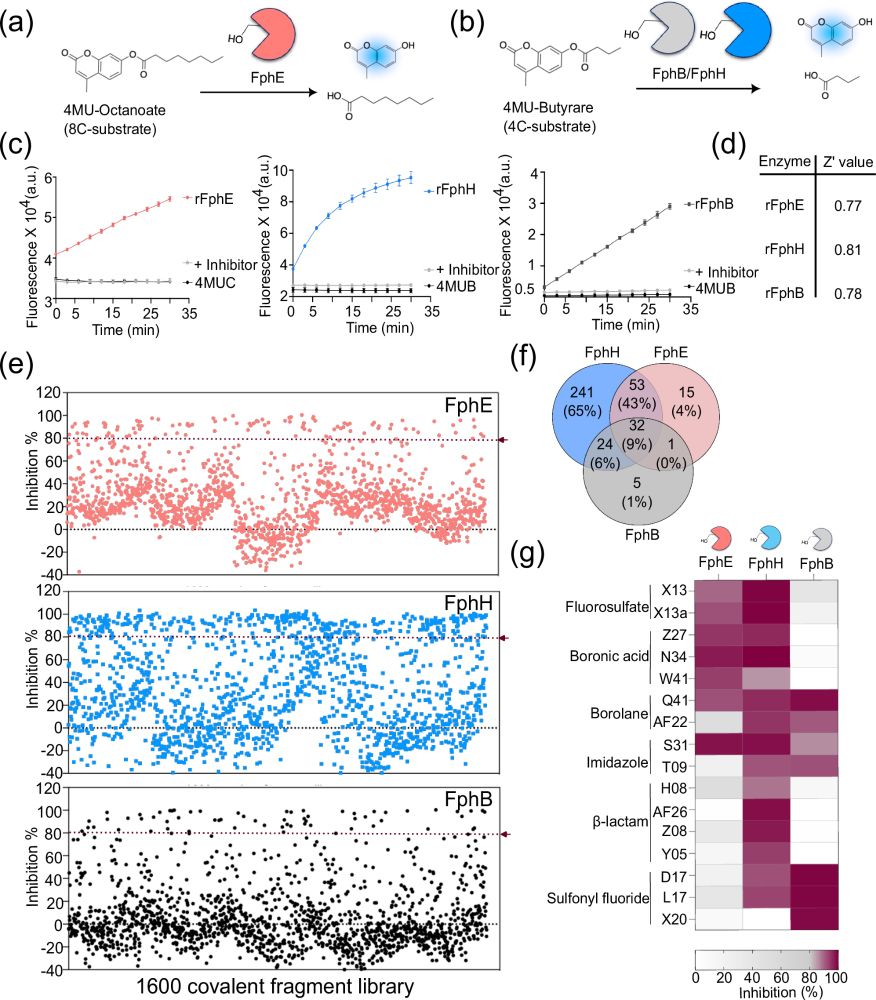
Identification of covalent inhibitors of Staphylococcus aureus serine hydrolases important for virulence and biofilm formation - Nature Communications
Staphylococcus aureus is a leading cause of bacteria-associated mortality worldwide. New tools are needed to both image and treat this pathogen. We previously identified a group of S. aureus serine hy...
link.springer.com
Reposted by Christian Lentz
Reposted by Christian Lentz
Theresa Wagner
@resawagner.bsky.social
· Apr 29

Extracellular vesicles of minimalistic Mollicutes as mediators of immune modulation and horizontal gene transfer - Communications Biology
Extracellular vesicles (EVs) of minimalistic Mollicutes mirror the bacterial proteome, elicit immune responses, and mediate plasmid transfer via vesiduction, highlighting the EVs’ roles in host i...
www.nature.com
Reposted by Christian Lentz
Ellinor Alseth
@ellinoralseth.bsky.social
· Apr 10
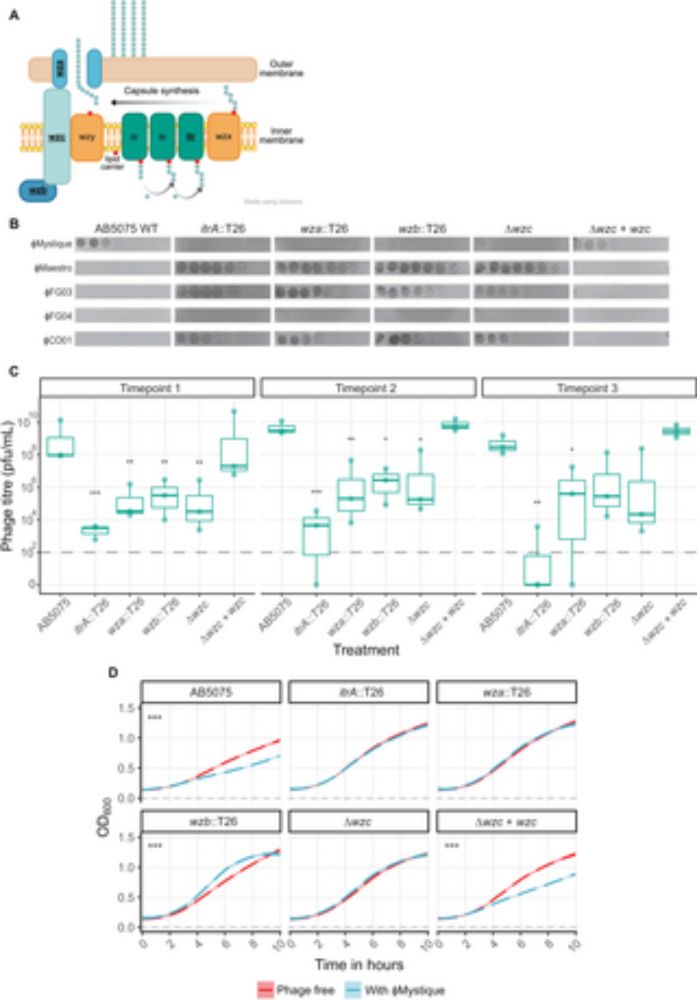
Mystique, a broad host range Acinetobacter phage, reveals the impact of culturing conditions on phage isolation and infectivity
Author summary Bacterial infections caused by Acinetobacter baumannii are a major global health concern due to high antibiotic resistance, earning it a critical priority pathogen ranking by the WHO. P...
journals.plos.org
Reposted by Christian Lentz
Reposted by Christian Lentz
Reposted by Christian Lentz
Reposted by Christian Lentz
Reposted by Christian Lentz
Matt Bogyo
@mbogyo.bsky.social
· Jan 16

Identification of a secreted protease from Bacteroides fragilis that induces intestinal pain and inflammation by cleavage of PAR2
Protease-activated receptor 2 (PAR2) is a central regulator of intestinal barrier function, inflammation and pain. Upregulated intestinal proteolysis and PAR2-signaling are implicated in inflammatory ...
www.biorxiv.org
Reposted by Christian Lentz
University of Basel
@unibas.ch
· Jan 16
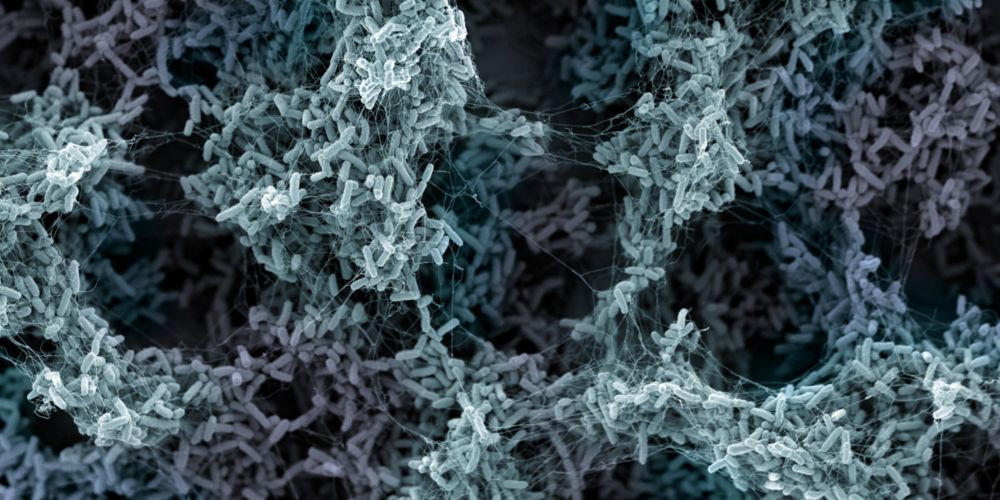
Sophisticated early warning system: How bacteria respond to threats
University of Basel researchers have discovered that bacteria can sense threats in advance through a general danger signal. Bacteria detect when nearby cells are dying and proactively form a protectiv...
www.unibas.ch
Reposted by Christian Lentz
Rolf Kümmerli
@rkmicrobes.bsky.social
· Jan 16
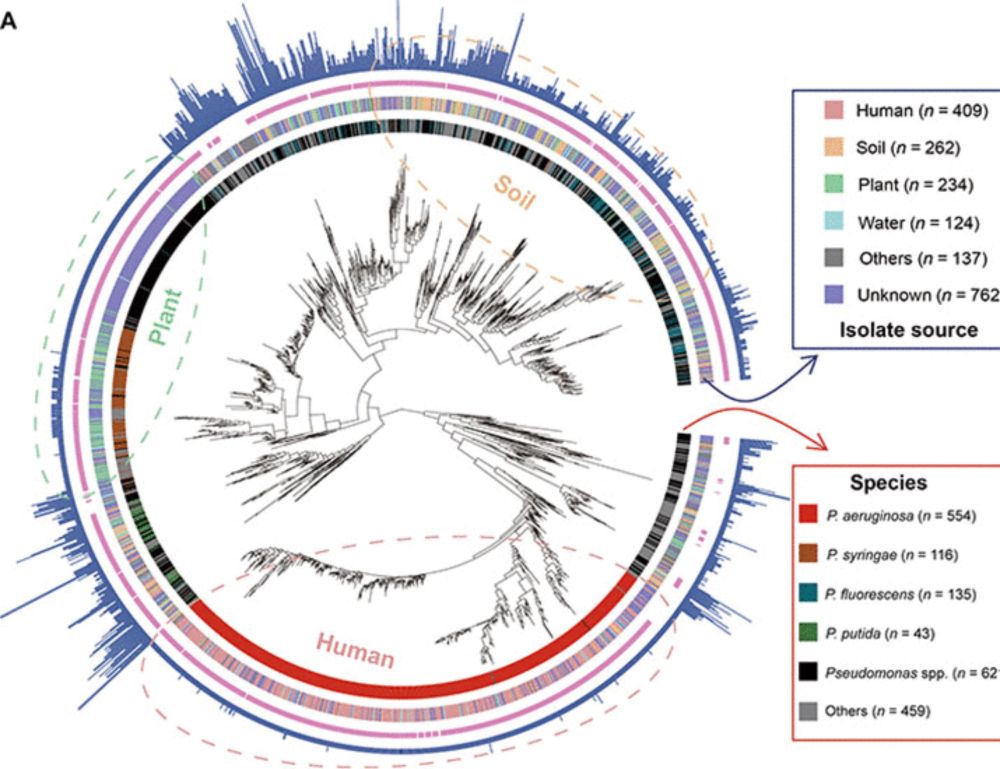
Siderophore synthetase-receptor gene coevolution reveals habitat- and pathogen-specific bacterial iron interaction networks
Coevolving siderophore genes shape bacterial iron networks, unveiling the complexity of cheating across habitats and lifestyles.
www.science.org



